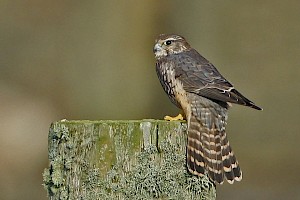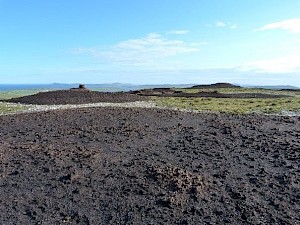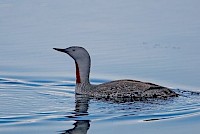
Environmental measures to restore eroded peat bog and boost rare bird populations are to begin later this year in the Viking Wind Farm site.
The extensive programme of improvements contained in Viking Energy’s Habitat Management Plan (HMP) is designed to more than compensate for the impact of building a wind farm in the Central Mainland of Shetland.
The core aims of the HMP are to repair blanket bog and improve breeding conditions for whimbrel, merlin and red-throated divers. It is hoped that other birds will also benefit from the improved habitat, including golden plover, dunlin, greenshank, curlew and red grouse.
The agreed conservation activities will continue and evolve over the lifespan of the wind farm.

A plan detailing how the HMP will be implemented has just been approved by Shetland Islands Council, Scottish Natural Heritage and the Scottish Environmental Protection Agency. It sets out the methods to be used and how the changes are to be monitored to gauge their success.
A HMP officer will be employed to manage the works for at least the first three years.
The implementation plan, compiled by ecologists Plantecol, builds on work done on the HMP over the course of many years by RPS and other environmental consultants involved with the wind farm site in the Central Mainland.
A Viking Energy spokesperson said: “A tremendous amount of work and years of field research has gone into compiling and refining our HMP. We are delighted to see it fully approved and made ready for the first wave of improvements to get under way later this year.”

Viking Energy’s HMP includes restoration of eroded bog where small lochs used by red-throated divers are in danger of draining away.
All the measures tried out under the HMP will be overseen by the Shetland Windfarm Environmental Advisory Group (SWEAG), which will bring together independent experts to review and make recommendations on best practice as the scheme progresses.